How to protect outdoor lighting in the rainy season – 5 tricks to spare summer replacements
Keep your yard lighting looking its best year-round with these protective steps
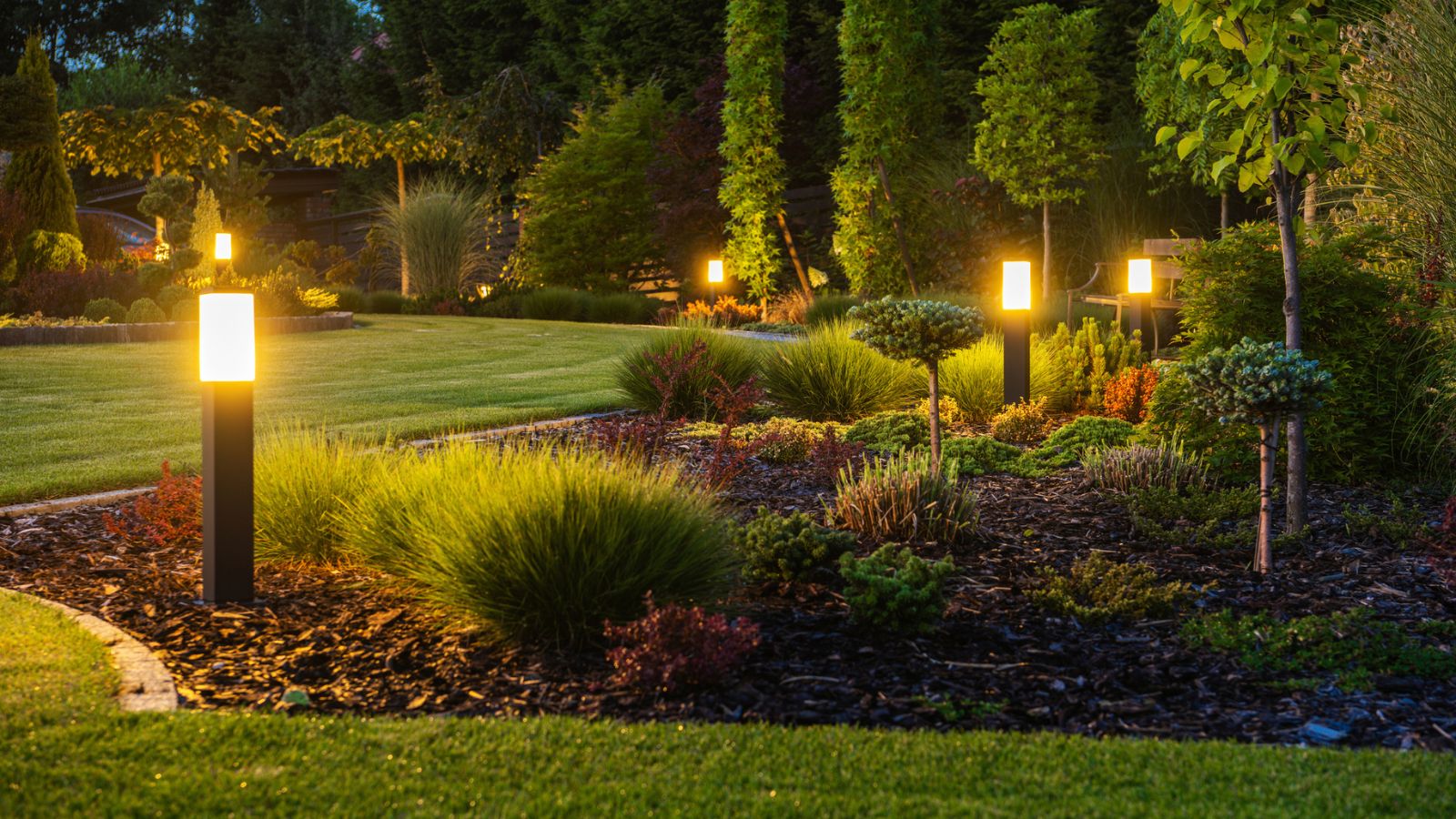

Yard lighting is perhaps more important in fall and winter than any other time of the year. With nights growing longer, solid outdoor lighting is a must to protect your home security, help you and your pets navigate outdoor spaces safely, and make your yard a little more welcoming when the leaves start to drop.
However, intense weather in rainy season can make lighting a yard for winter quite the challenge. While most outdoor lighting can get wet, prolonged periods of rain can wear down your lighting, resulting in bulbs giving out sooner and dark spots across your yards.
Luckily, landscapers and contractors have discovered some smart solutions to protect outdoor lighting in the rainy season so you can continue to illuminate your yard without the risk of summer replacements.
How to protect outdoor lighting in the rainy season
Of course, investing in the best quality outdoor lighting ideas you can afford will play a big part in ensuring your lighting survives heavy rain, with more robust models lasting longer than budget buys, there are several other steps that will prolong their lifespan.
Here’s how the experts keep outdoor lighting in top condition no matter the weather.
1. Use weather-resistant fixtures

The best way to ensure your outdoor lighting survives the rain is to pick highly rated weather-resistant fixtures when installing backyard lighting, begins Joe Gerrior, landscaping expert and founder of Gerrior Masonry & Landscape.
‘When planning outdoor lighting, it’s best to overbuild and overprotect,’ he says. ‘Durable, weather-resistant materials may cost a bit more upfront but save money and frustration down the road. We use weather-resistant fixtures like aluminum wall sconces and brass pendant lights that hold up well in rain and snow.’
2. Use weather shields
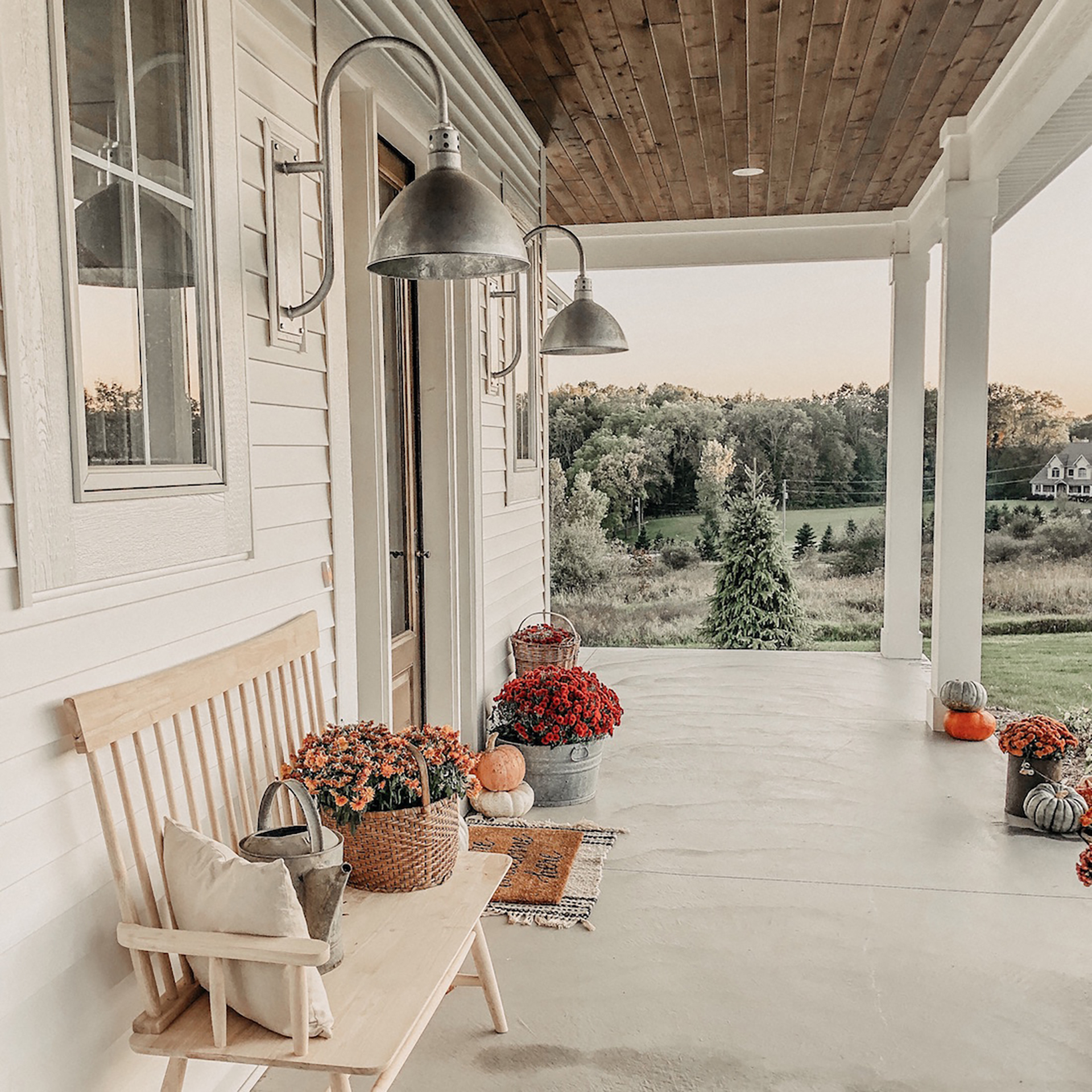
When installing patio lighting or front porch lighting ideas, you can sometimes get away with less durable lighting fixtures so long as they are covered and protected from the elements.
Jeremy Yamaguchi, CEO of Lawn Love, says, ‘For the lighting items you can’t remove, try covering them as best as possible so they aren’t directly exposed to rain.'
This could include placing lighting under existing structures such as covered porches, or purchasing wall-mountable rain covers, available at Amazon, to shelter your mounted fixtures,
3. Keep lights away from standing water

Even the best outdoor lighting can fall victim to standing water. Most water-resistant lighting fixtures are designed to stand up to falling swathes of rain, not sitting in a puddle. To prevent your lighting from stewing, Joe Gerrior, landscaping expert, suggests mounting lighting to a raised post.
‘We also lift most fixtures at least 12 inches off the ground. Post lights and pathway lighting prevent water from pooling at the base, which leads to corrosion over time. Fixtures lifted above ground level in low-lying areas and sealed at attachment points to structures have the best chance of surviving harsh, wet seasons.’
You can also consider getting more whimsical with your outdoor lighting and trying outdoor string lighting ideas, suspending them from fences to avoid the risk of water pooling altogether.
4. Add weather-proof sealant
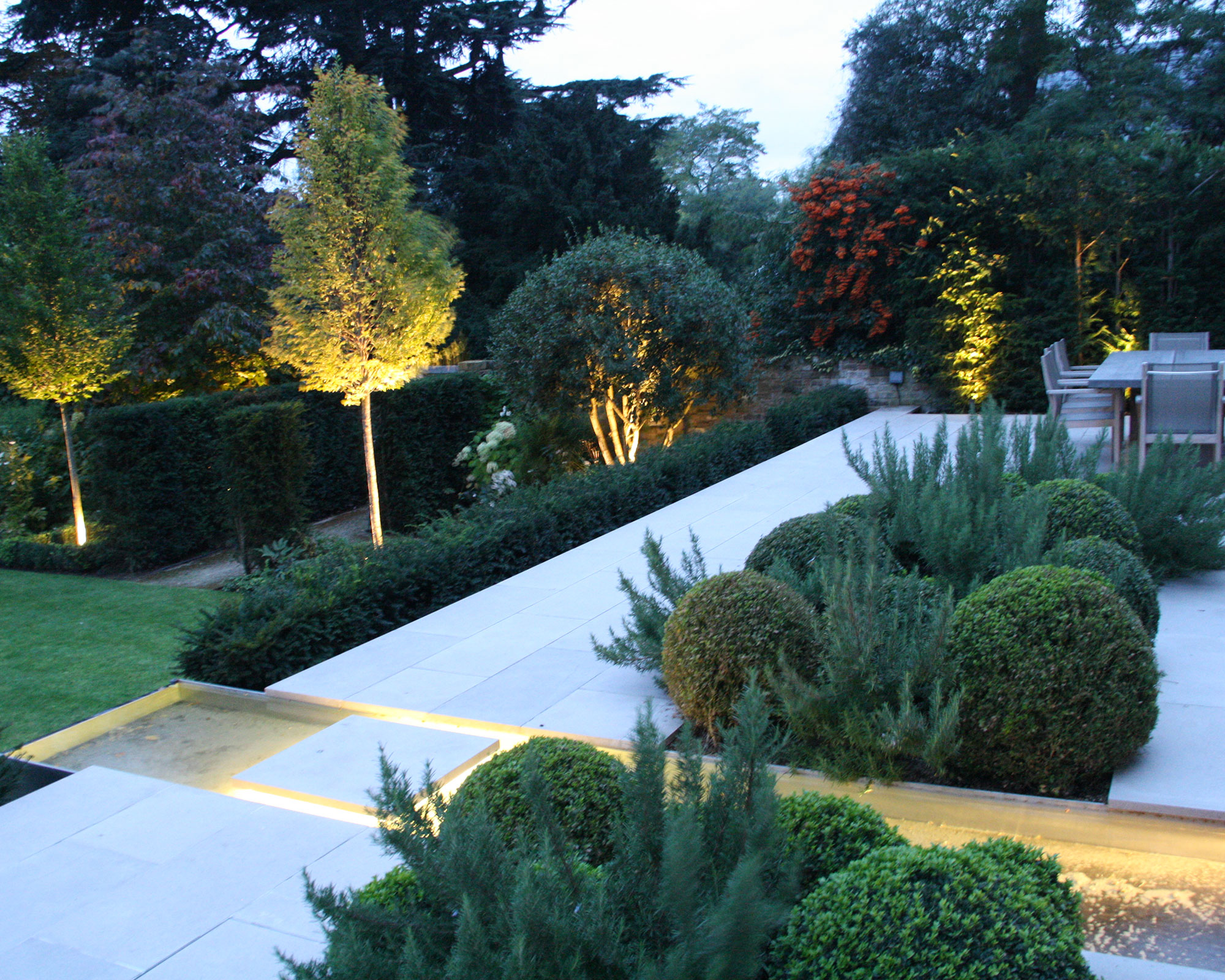
The risks of water for outdoor lighting come from water seeping into the electrics of the fixture, usually from the back or base. Joshy Payne, landscaper and owner of Classic Landscapes, explains that sealing these areas off will ensure your lighting lasts no matter the weather.
‘Seal all connections with plumber's putty or silicone caulk. The sealant protects wiring and the junction where the fixture meets the mounting surface. Properly done, this technique prevents damage for up to 10 years,’ he assures.
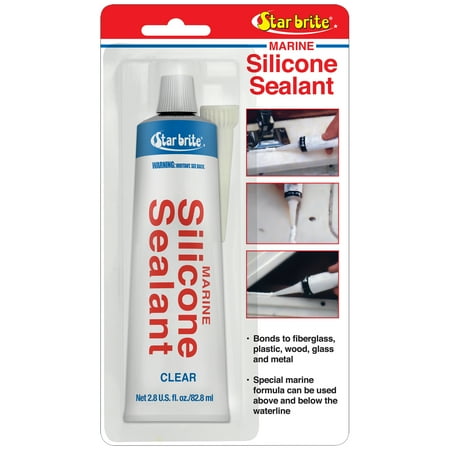
Available in black, white, and clear, this heavy-duty waterproof sealant is perfect for outdoor use to prevent water leaking into lighting fixtures and can be used on many different surface types and its marine formulation means it can be used above and below the waterline effectively.
5. Use the right wiring
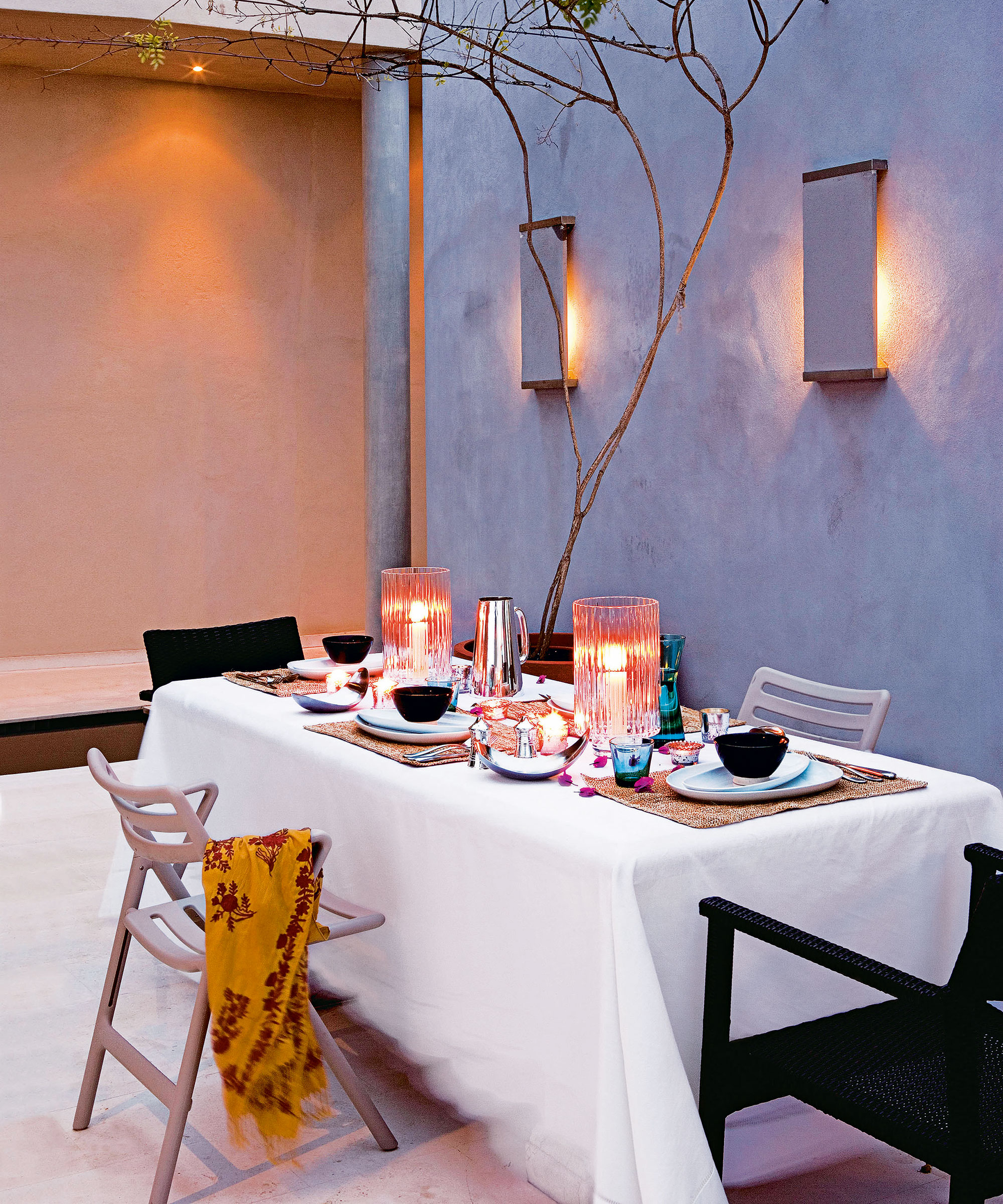
When hard-wiring lights outside, it is important to use the right type of wiring to ensure it stands up to heavy rain and mitigates any fire risk. Joe Gerrior, landscaping expert, says, ‘For hardwiring, we use waterproof wire connectors and rout wiring to minimize exposure. Properly installed and maintained, these fixtures provide ambient lighting for five to 10 years.’
If you are not sure how to hard-wire lighting safely in your yard, it is always worth consulting an expert who can fit your lighting for you and ensure it lasts throughout all the seasons. Alternatively, fall back on buying good solar lights which can always be removed and brought inside during the worst weather and darker months.
Naturally, if you are seriously concerned about protecting outdoor lighting in the rainy season, it is always worth bringing them indoors. Jeremy Yamaguchi, of Lawn Love, says, ‘simply remove whatever lighting structures you can and store them somewhere indoors. If you are having a really rainy season, chances are you aren’t going to be using those string lights for outdoor gatherings very often, so you might as well just take them down and store them where they won’t get damaged.'
Sign up to the Homes & Gardens newsletter
Design expertise in your inbox – from inspiring decorating ideas and beautiful celebrity homes to practical gardening advice and shopping round-ups.

Chiana has been at Homes & Gardens for two years and is our resident 'queen' of non-toxic living. She spends most of her time producing content for the Solved section of the website, helping readers get the most out of their homes through clever decluttering, cleaning, and tidying tips. She was named one of Fixr's top home improvement journalists in 2024.
-
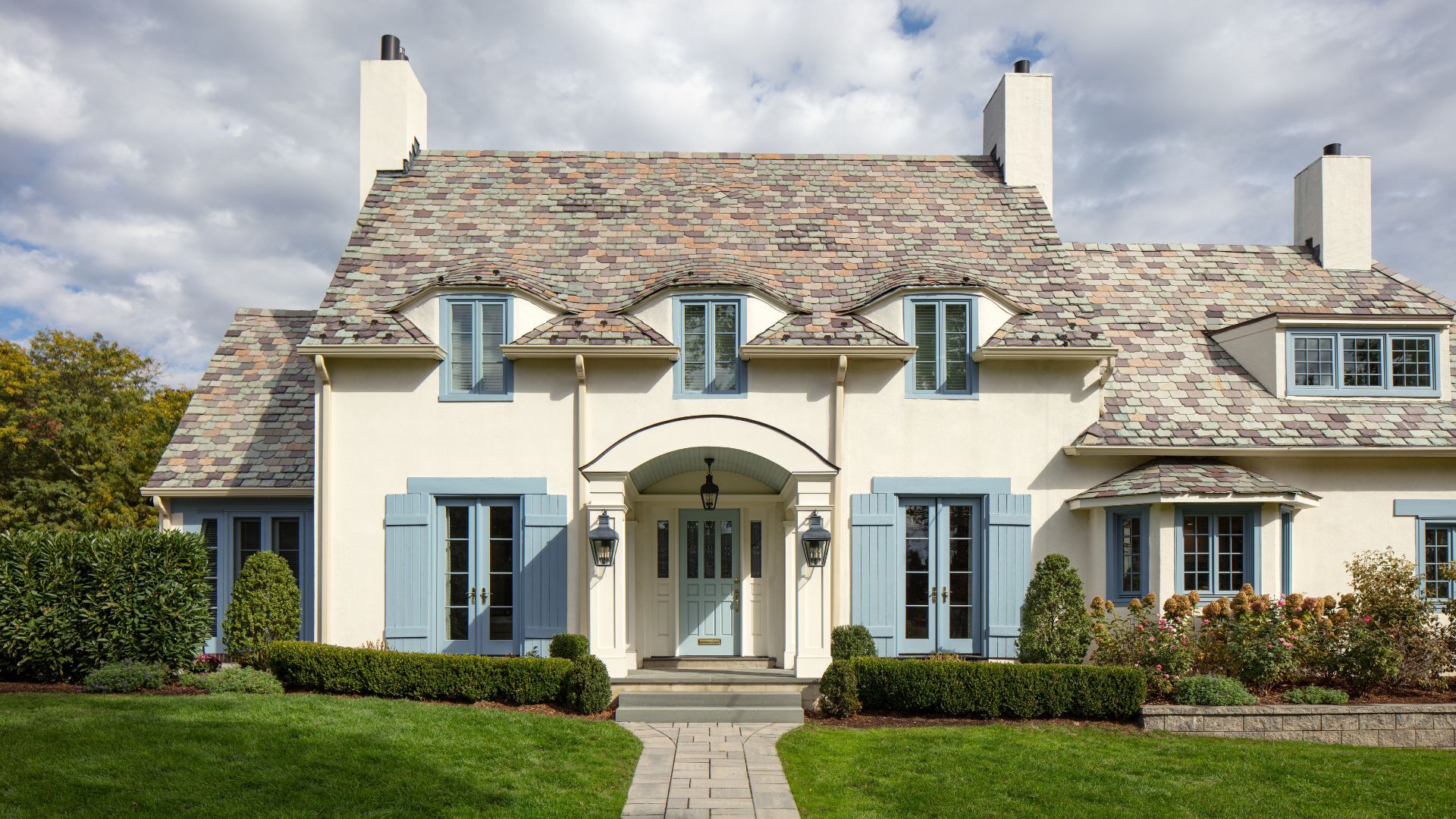 Want to make your home look more charming? These 4 Benjamin Moore exterior shades will up your curb appeal
Want to make your home look more charming? These 4 Benjamin Moore exterior shades will up your curb appealIf you're on the prowl for a new shade to try for the outside of your home, Benjamin Moore has unveiled its most 'charming' colors
By Sophia Pouget de St Victor
-
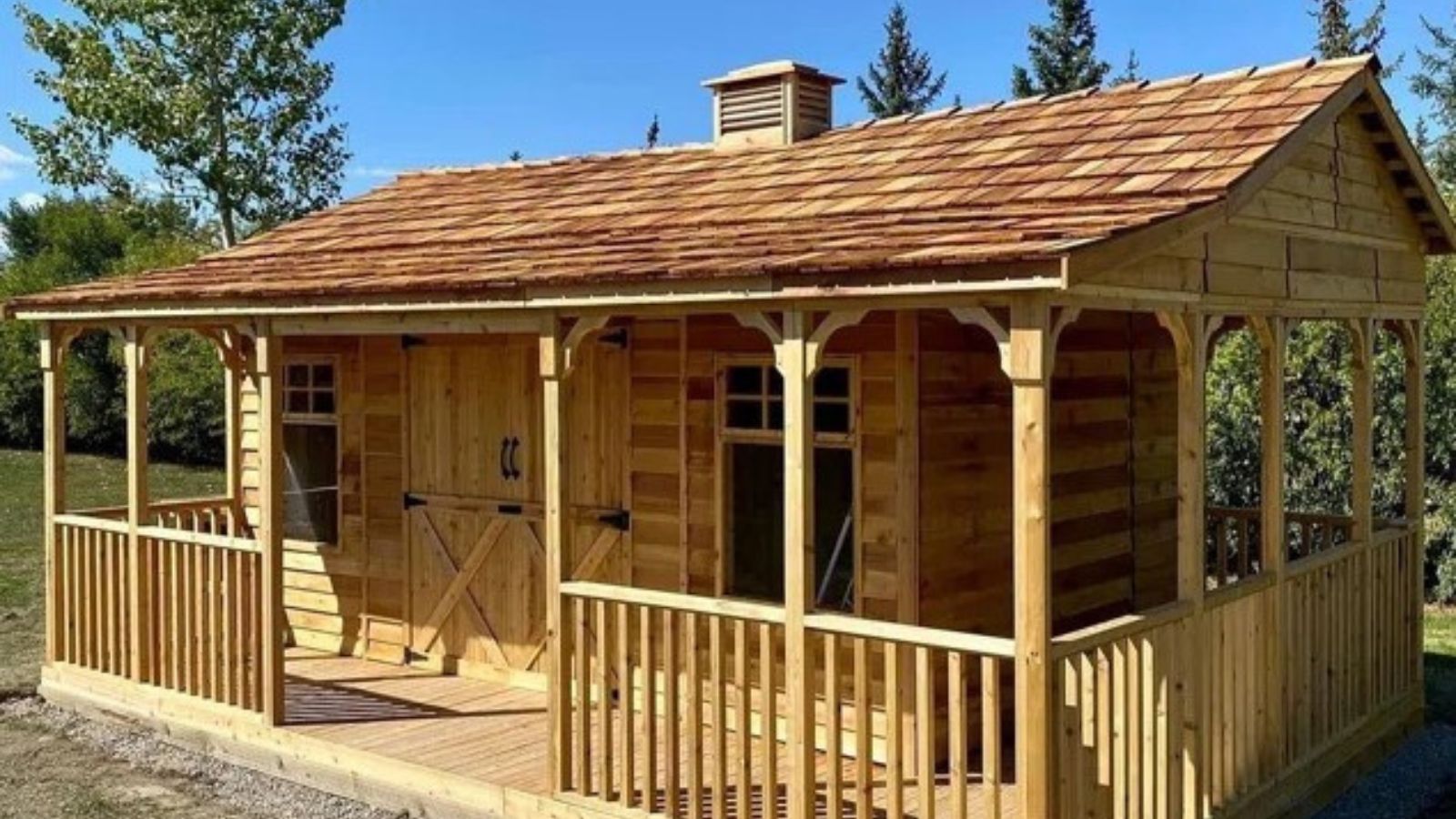 There's a rustic cottage hiding on Wayfair – it may seem unorthodox, but this tiny home taps into a growing nomadic trend (and it's under $16K)
There's a rustic cottage hiding on Wayfair – it may seem unorthodox, but this tiny home taps into a growing nomadic trend (and it's under $16K)This 'wonderful' wooden farmhouse perfects a growing trend that's changing how we see our homes – it's tiny, but somehow, it doesn't sacrifice comfort
By Megan Slack
-
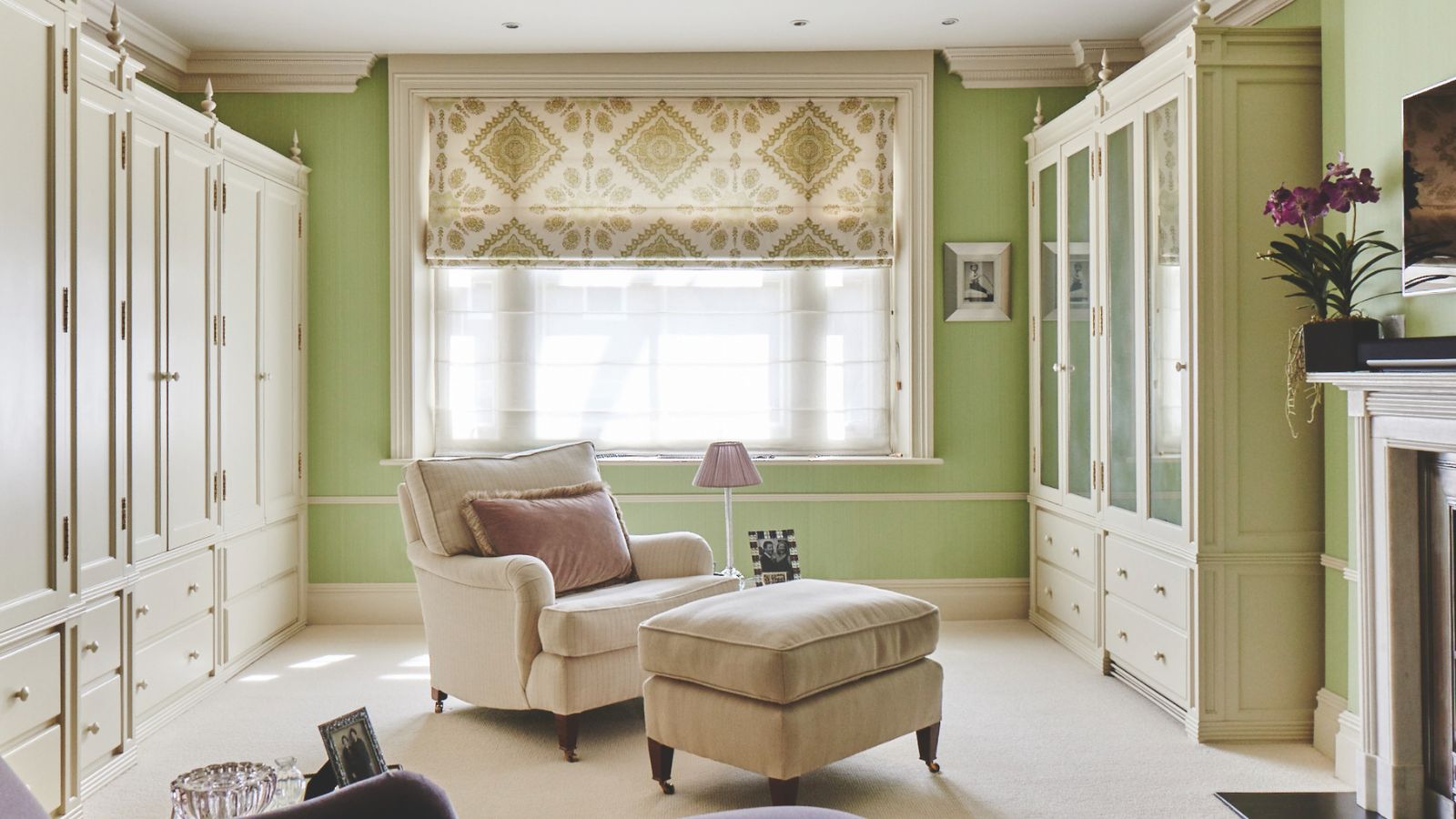 7 expert-approved painting hacks to minimize clean up – to make an already exhausting task easier
7 expert-approved painting hacks to minimize clean up – to make an already exhausting task easierAvoid a backbreaking clean-up after your next painting project with advice from the professionals
By Chiana Dickson
-
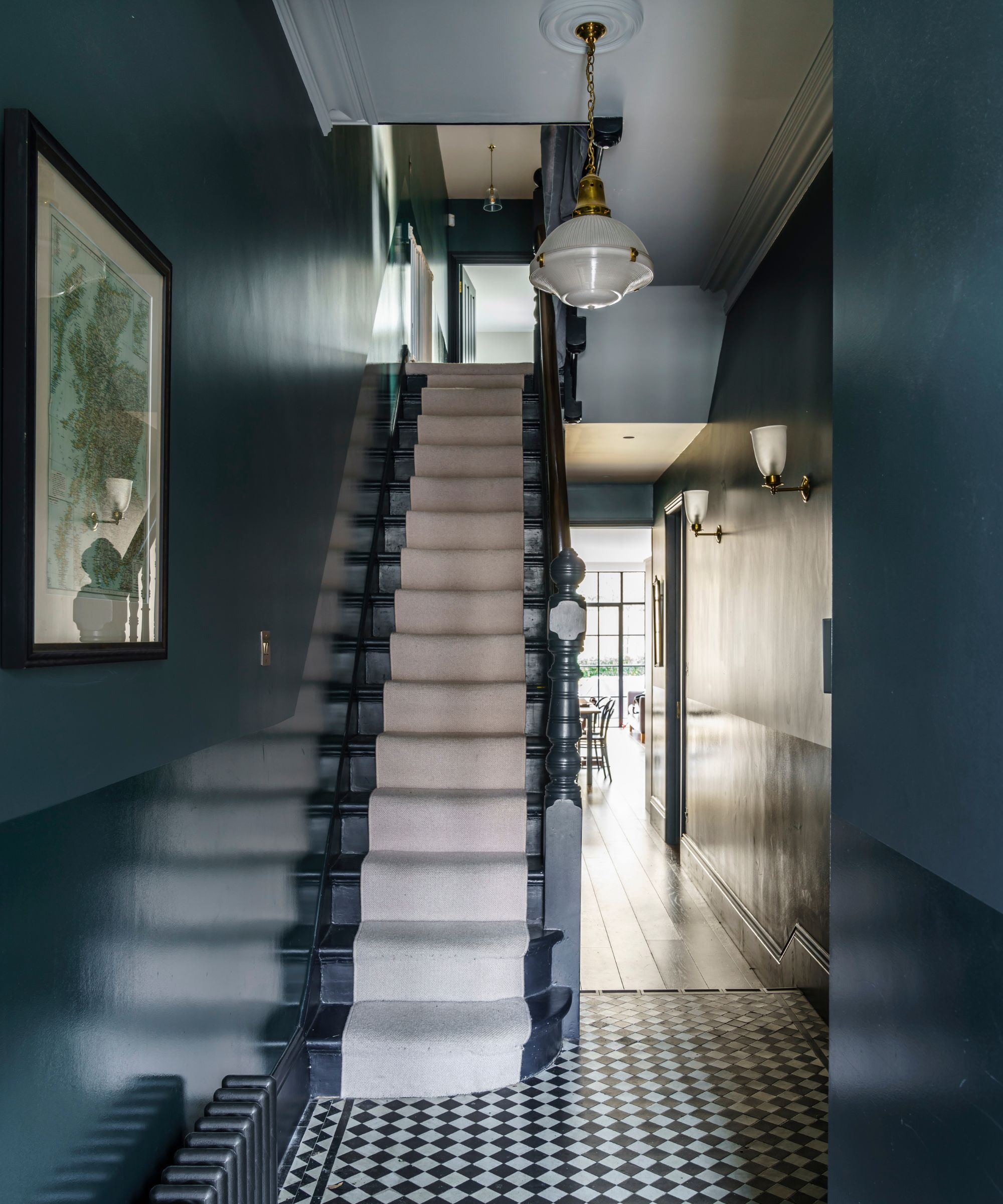 5 beautiful and impactful home improvement projects you can DIY this weekend for under $200 – you don't have to spend big to make a statement
5 beautiful and impactful home improvement projects you can DIY this weekend for under $200 – you don't have to spend big to make a statementFrom painting your fireplace to redecorating your door, little changes can transform and refresh your space
By Ottilie Blackhall
-
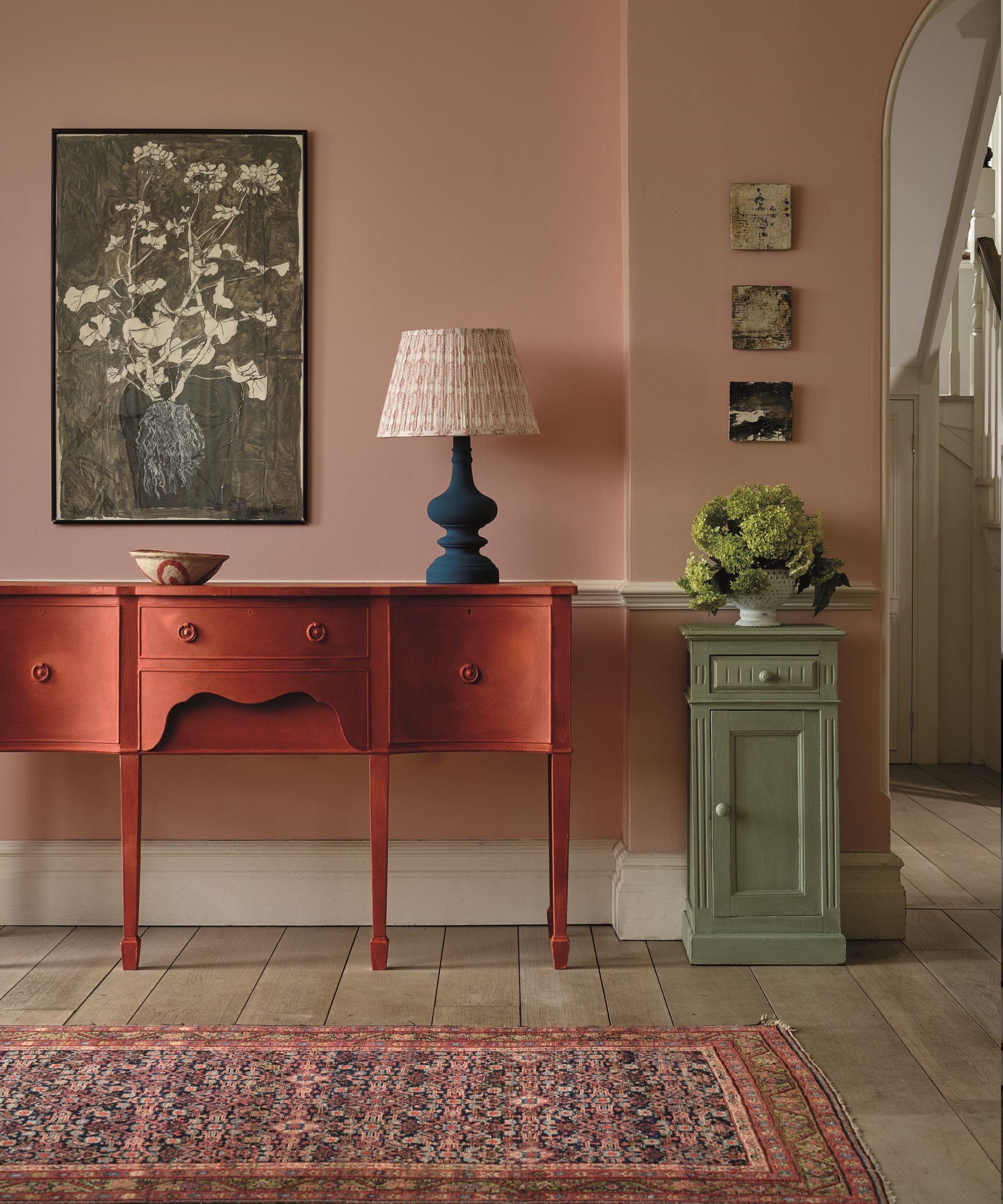 How to paint over stained wood – 6 simple steps expert painters swear by for even, lasting finishes
How to paint over stained wood – 6 simple steps expert painters swear by for even, lasting finishesSkipping even one step will result in chipping paint, experts warn
By Natasha Brinsmead
-
 Can you put wallpaper on textured walls? Experts reveal it is indeed possible with this vital step
Can you put wallpaper on textured walls? Experts reveal it is indeed possible with this vital stepPrep, prep and prep some more for wallpapering success
By Sophie Warren-Smith
-
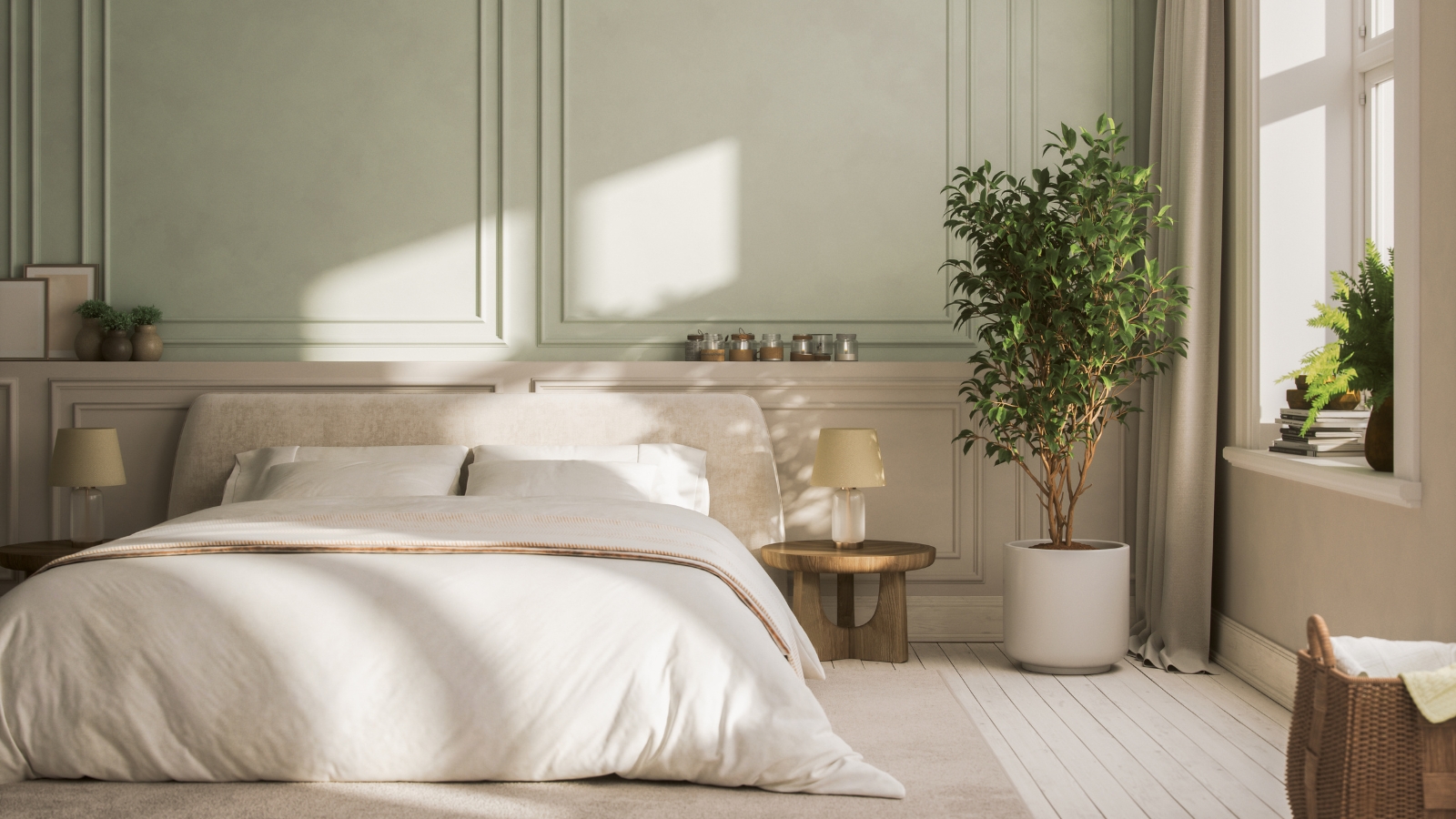 8 helpful ways to re-purpose old pillows – from making handy garden kneelers and draft excluders, to cozy pet beds
8 helpful ways to re-purpose old pillows – from making handy garden kneelers and draft excluders, to cozy pet bedsSustainability experts say these bulky items don't have to go to waste
By Sophie Warren-Smith
-
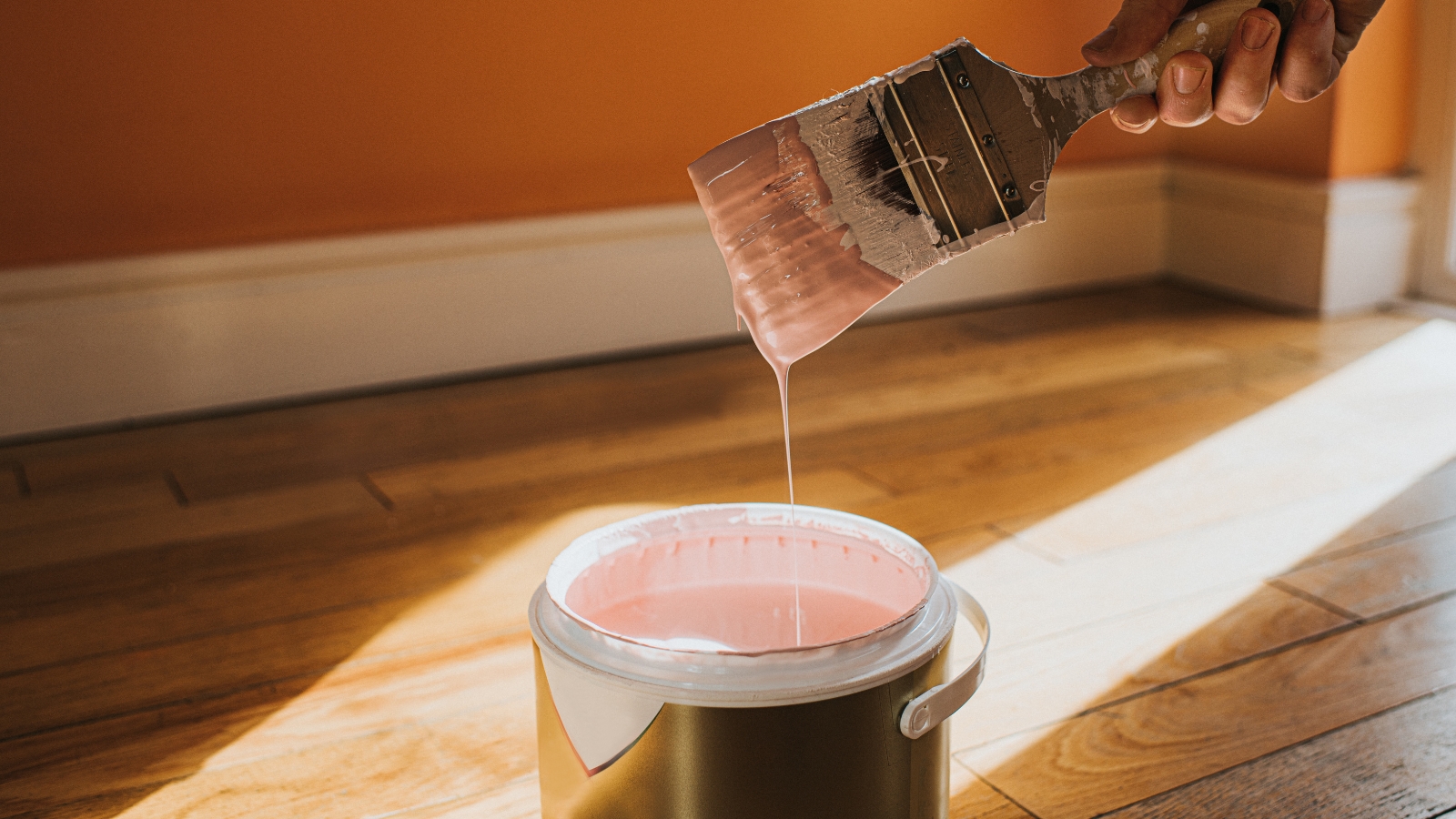 7 practical things you can do with leftover paint around your home including protecting outdoor furniture, tinting cement and creating touch-up kits
7 practical things you can do with leftover paint around your home including protecting outdoor furniture, tinting cement and creating touch-up kitsPro tips to make the most of those extra supplies
By Andy van Terheyden
-
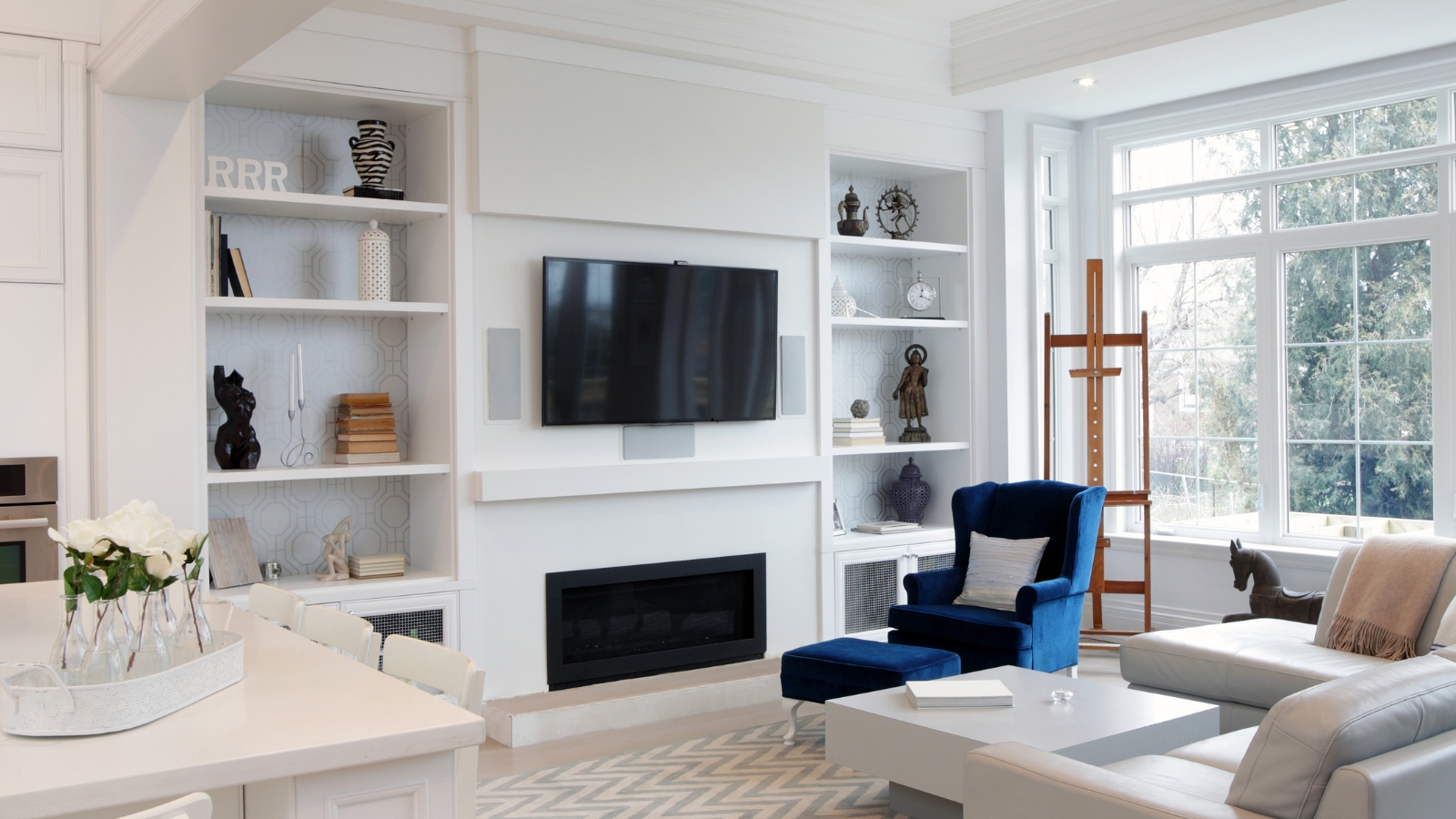 Construction pros reveal the 6 mistakes to avoid when hanging drywall for perfect walls and ceilings
Construction pros reveal the 6 mistakes to avoid when hanging drywall for perfect walls and ceilingsThey see these all the time
By Natasha Brinsmead
-
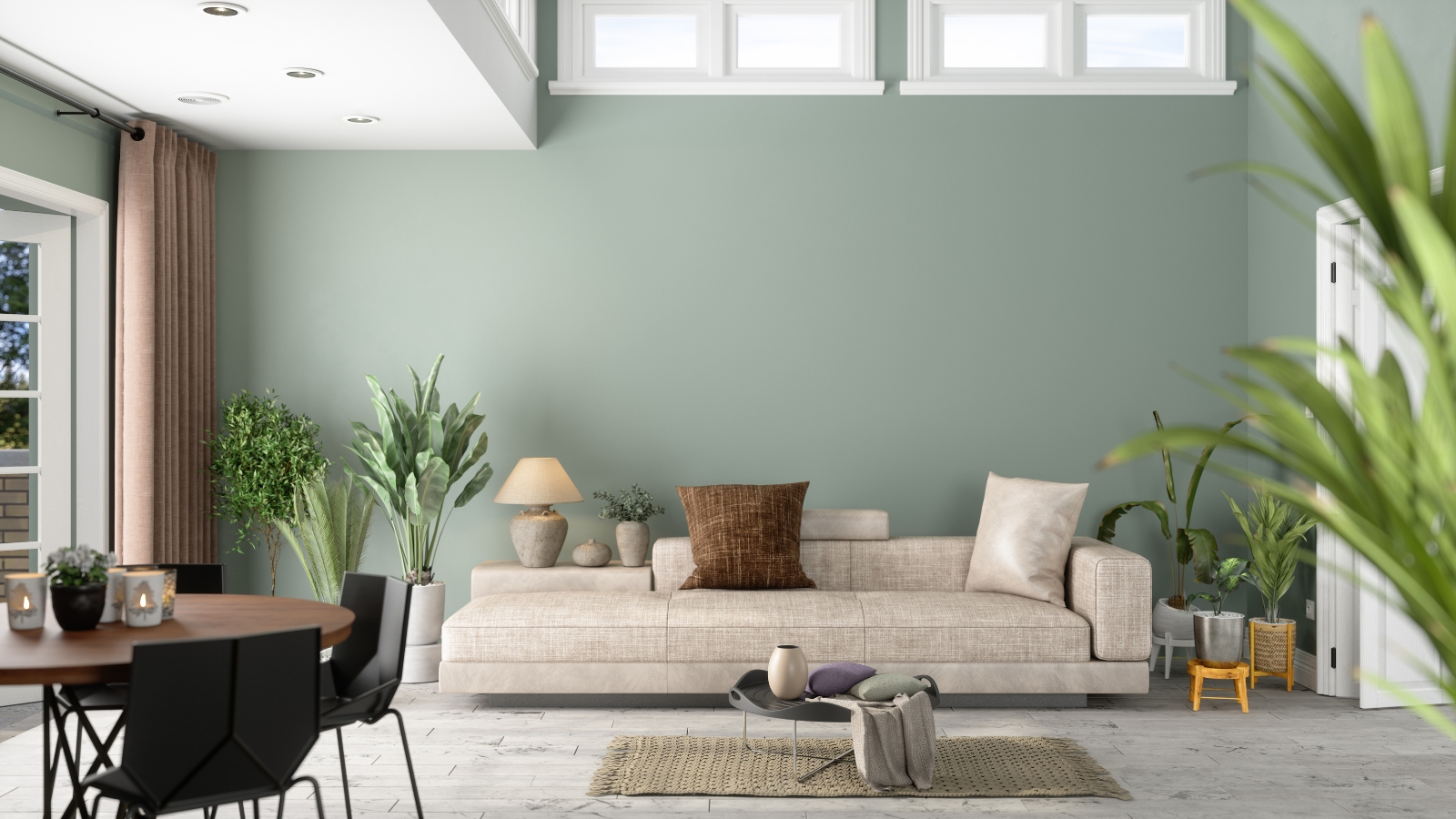 Why is my wall paint bubbling? Decorators reveal why it happens and how you can fix it
Why is my wall paint bubbling? Decorators reveal why it happens and how you can fix itBubbles look unsightly and might indicate a more serious problem
By Ottilie Blackhall